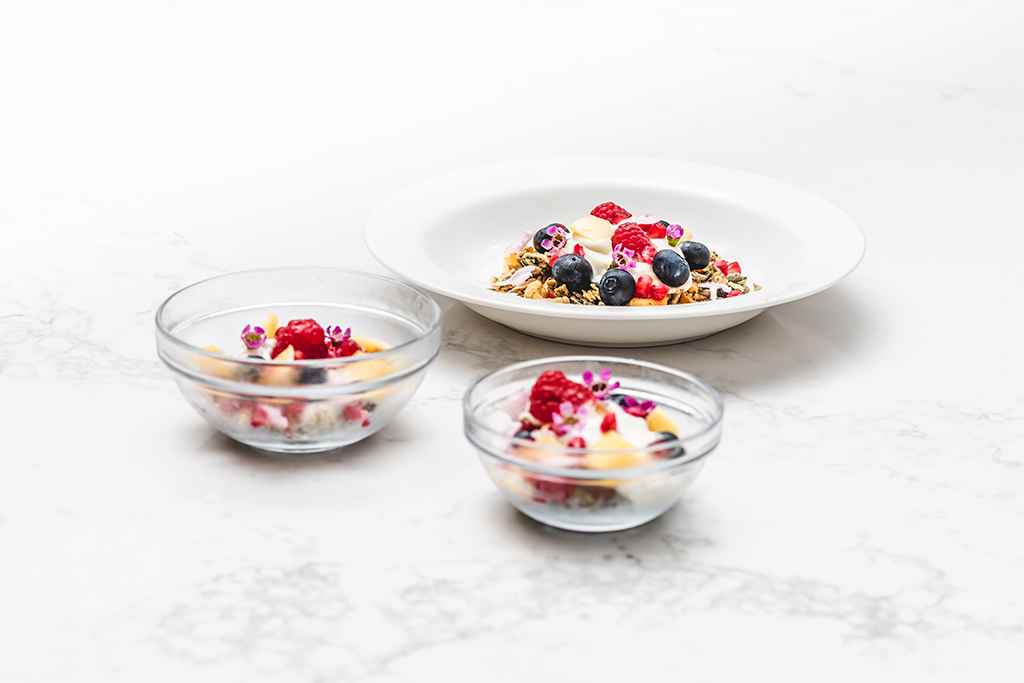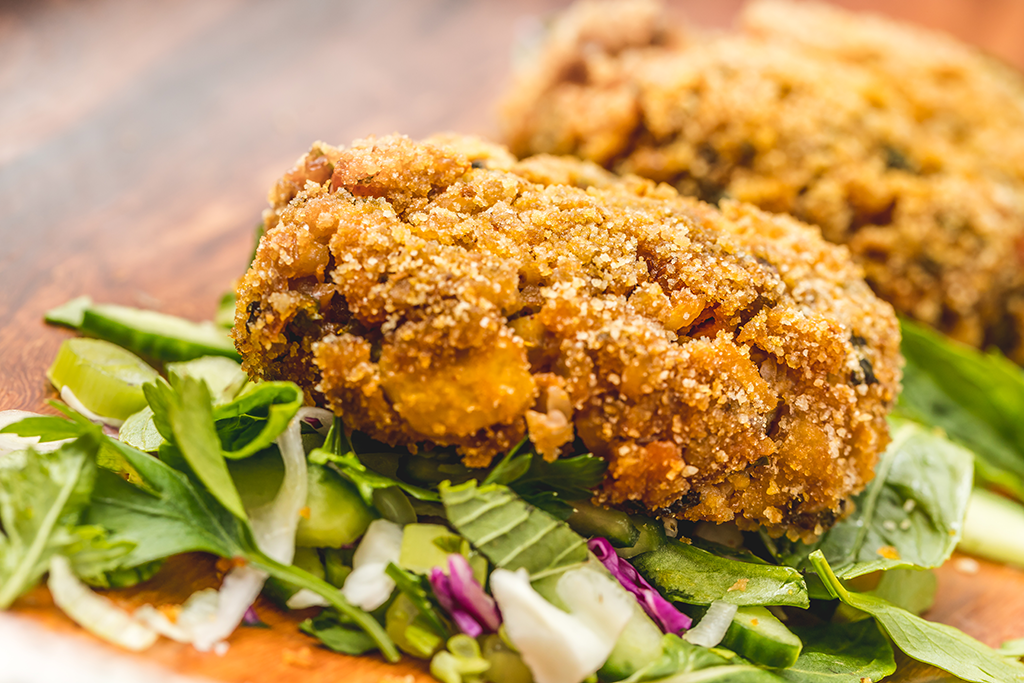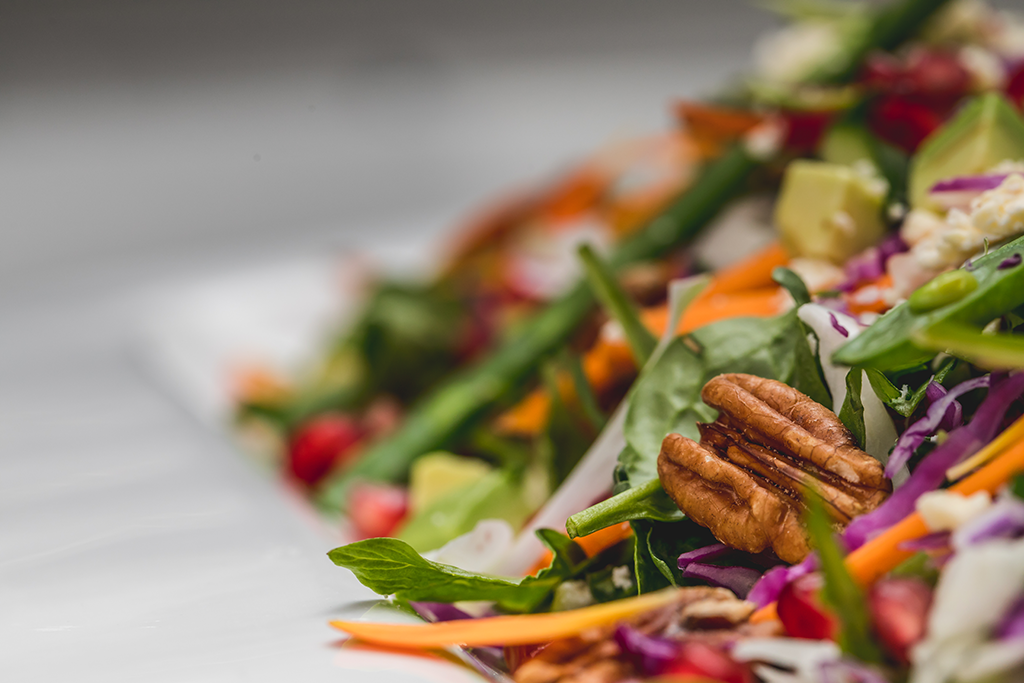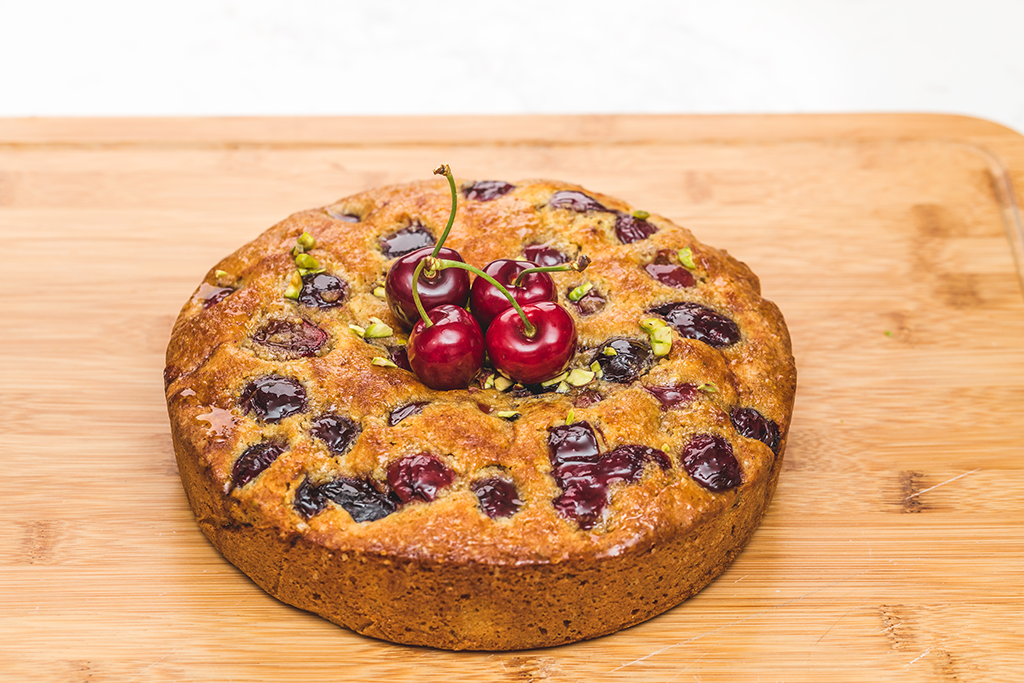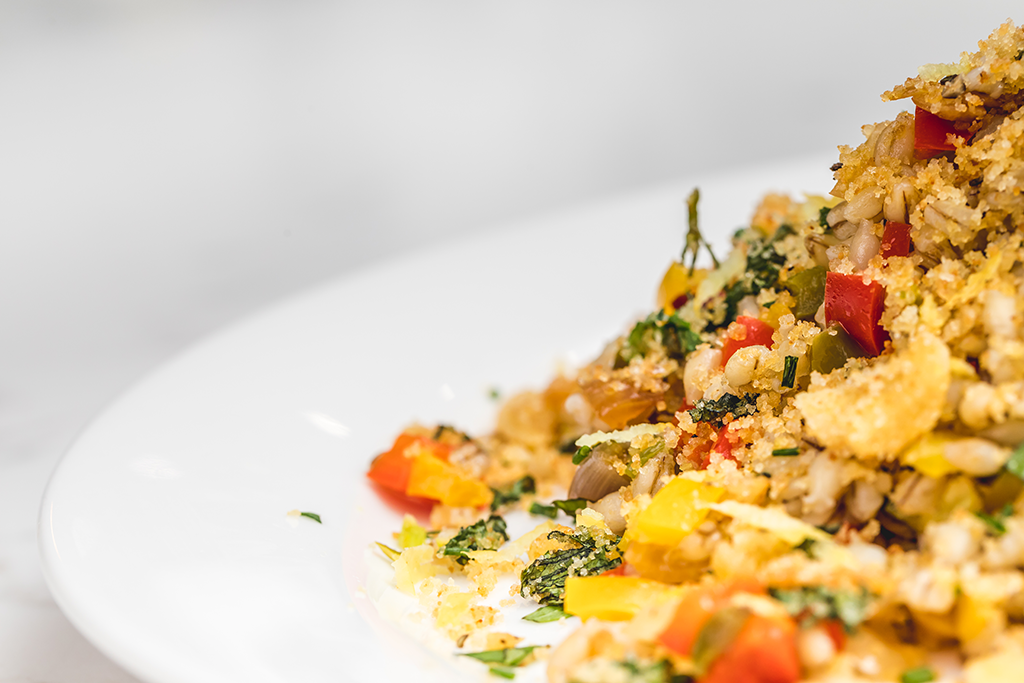Diabetic
Diabetic diets are instead formulated mostly on those foods who discourage the insulin reaction in the blood stream. Low GI DIETS help those who suffer from Diabetes, High cholesterol or simply help to reduce each one’s intake of sugar, processed grains and other “high glycemic foods” in order to reach a healthier weight. The glycemic index is a tool that’s used to indicate how a particular food affects blood sugar (or glucose) levels. The definition of the glycemic index (GI) is “a measure of the blood glucose-raising potential of the carbohydrate content of a food compared to a reference food (generally pure glucose, or sugar).” Foods are assigned a glycemic index/glycemic load number that can be compared to pure glucose, which serves as the benchmark for all other foods. Pure glucose has a glycemic index number of 100, indicating that it’s very rapidly broken down into glucose once eaten and then either sent to cells to be used for energy, saved in the muscles as glycogen for later use or stored inside fat cells when there’s a surplus. All foods containing glucose, fructose or sucrose (various forms of carbohydrates or sugars) can be classified as high GI, moderate GI or low GI.
The glycemic index values of all foods range from 0–100:
- High GI = 70 to 100
- Medium GI = 50 to 70
- Low GI = below 50
Whenever we eat any type of carbohydrate, whether it’s pure table sugar or a cup of fresh vegetables, the molecules in the food are broken down as they’re absorbed, which impacts blood glucose levels and insulin release. All carbohydrates cause release of the hormone insulin from the pancreas, which has the job of picking up and sending glucose that’s present in the blood throughout the body to be used or stored away. How drastically and quickly a carbohydrate causes this process to happen depends on how quickly its glucose is broken down; some carbs that are low on the glycemic index (like veggies and 100 percent whole grains, for example) and cause a smaller and more gradual rise in blood glucose, while carbs that have a high glycemic score (like soda and white rice) cause rapid glucose absorption and high insulin release.
Carbohydrates of all kinds are the main dietary source of glucose, but not all carbs are created equal. For example, good choices include brown or wild rice, sweet potatoes, sprouted ancient grains, legumes, and beans, while poor choices include ANY soft drink (even diet versions), confectionary food and ice cream. Choosing low glycemic foods can help prevent persistently high insulin levels, which are associated with health problems like type 2 diabetes or prediabetes, heart disease, hypertension, and obesity.
Identify what is your current over all feeling, your energy level, your fitness and your weight is a key element to establish what diet plan will serve your purpose better and more efficiently.


